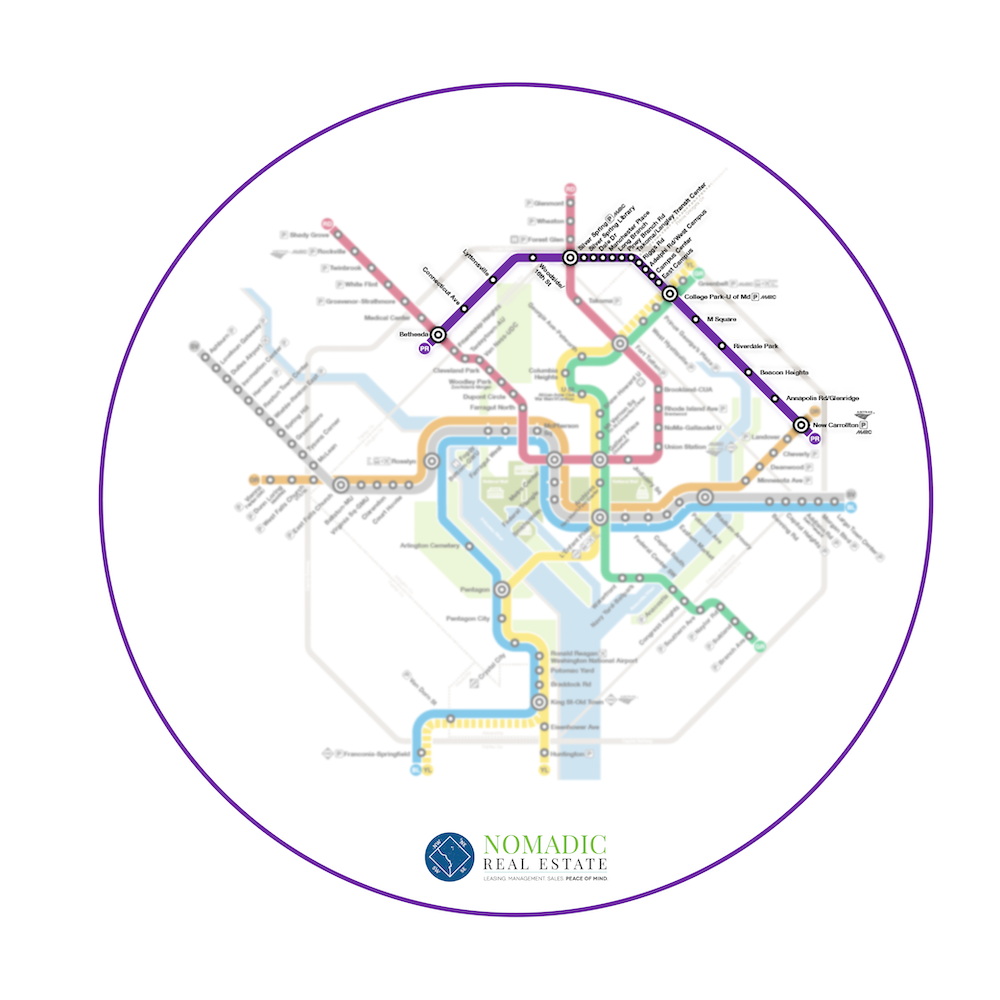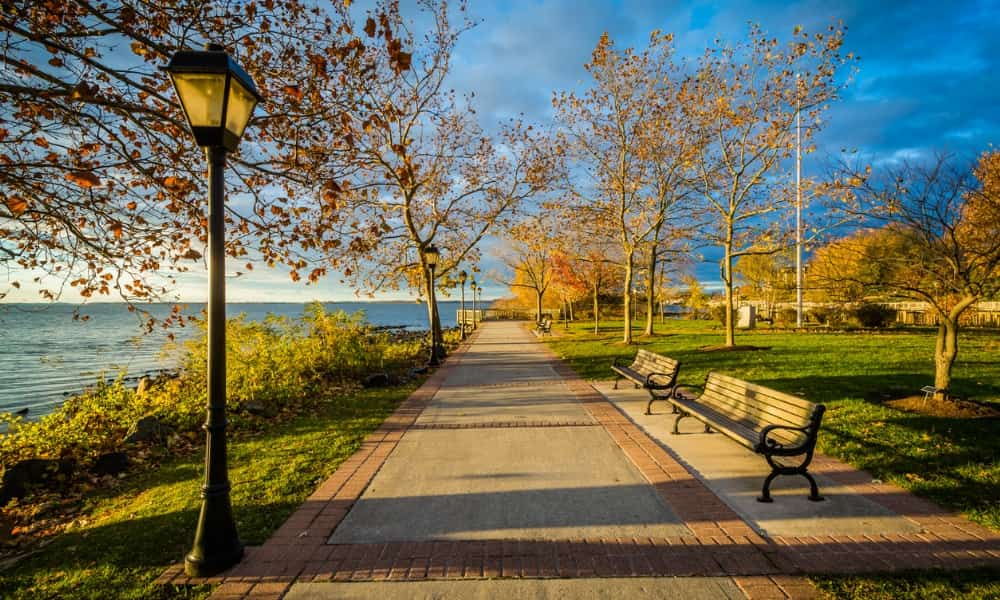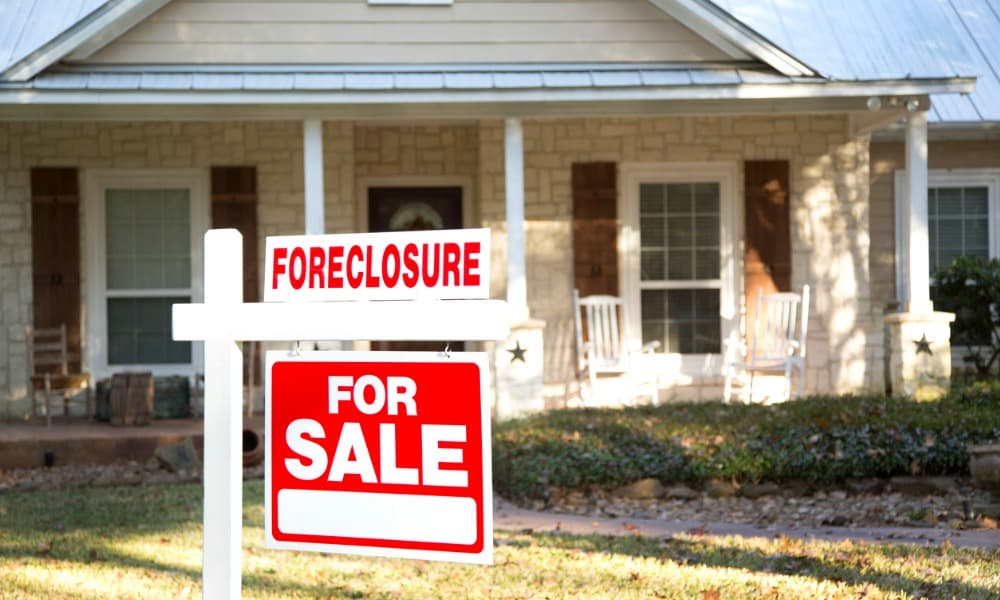
If you live in the D.C. area, you may have heard rumors of a new Metro line being built. The Purple Line Metro is currently in progress, though it was halted by some nasty winter weather. But the project continues to move forward and should be ready for passengers in the coming years.
Construction of a new transportation method always impacts the area around it. Read on to learn how the Purple Line Metro will impact the housing market in the Maryland area.
What Is the Purple Line Metro?
The Purple Line Metro is a new light rail system that will run between Bethesda in Montgomery County, Maryland, and New Carrollton in Prince George County, Maryland. It will be sixteen miles long and will include 21 stops, including connections with Metro lines, Amtrack stations, and bus routes. The system is currently under construction and is projected to be finished by 2022.
The light rail system will be able to operate as a passenger train in between cities and as a tram within cities. This will give commuters easier access to the cities and their public transport networks than ever before. By 2030, the Purple Line is anticipated to transport more than 70,000 people a day.
Rising Property Values
One of the biggest impacts the Purple Line will have on the housing market is the way it will grow property values. In general, homes that are located close to public transport in cities are more valuable. When you’re fighting traffic and trying to get to work on time, being able to catch a bus or train without walking five miles to get to the stop is a wonderful thing.
The more people have access to the city from Bethesda, New Carrollton, and all the towns in between, the more people will be able to move there and commute to their jobs. This will increase demand for the houses on the market there, which will drive up prices. And homes that aren’t on the market will increase in value, too, as the neighborhoods around them become more in demand.
Easier City Access
That easier city access will also benefit the people already living in the cities along the Purple Line. For one thing, they’ll be able to get to the amenities of the larger cities more often. This means easier access to museums, shows, restaurants, and athletic events.
This improved access may also help suburban residents to get into better jobs. Cities have more job market options and opportunities for advancement, but if the commute is too long, it may not be practical for many people. Easier commutes could open up jobs to people in the suburbs looking for opportunities to advance their careers.
Environmental Impact
It’s no secret that America’s addiction to personal gas-powered cars is killing the environment. One passenger vehicle emits about 4.6 metric tons of carbon dioxide into the environment every year. There are a little over 272 million cars in the U.S., so that more than a billion metric tons of greenhouse gases being poured into the atmosphere from cars in the U.S. alone.
The more public transport systems we have available, the fewer cars have to make the daily trek into the city. This can help cut back our fossil fuel emissions, a goal that’s becoming more and more important as we continue to use up our carbon budget. These trains can be an important step in slowing climate change and preserving our species.
Displacement
The new Purple Line isn’t being hailed as a wonderful thing by everyone, though. It does have a lot of benefits, but for some people, it may mean losing their homes. Those property value increases we mentioned earlier can swing both ways, depending on your financial situation.
If you own a home, the rise in property values is a great thing. But if you rent, you may be facing rent rates that climb higher and higher until you’re forced to move out of the area. This sort of displacement could lead to people losing their jobs or even becoming homeless.
Noise Pollution
Another group that may not be so enthusiastic about the new Purple Line is the people who live right next to the tracks. If you’ve ever lived next to a train track, you’ll know trains are not quiet things. They go rattling by at all hours of the day and night and use screaming horns and screeching brakes.
Although light rails are somewhat quieter than cargo trains, being designed to move around in cities, they do still come with a fair amount of noise pollution. Mostly this will be during the day since the line will have certain starting and ending times. But for people working the night shift, working from home, or trying to enjoy their retirement, the noise pollution can get old.
Safety Concerns
There are also some mild safety concerns with the installation of the new Purple Line. In general, trains are a very safe form of travel, both for passengers and other vehicles around them. But every now and then, a car gets cocky, and the great disadvantage of trains is that they cannot stop quickly.
Incidence of train-related car accidents may go up in the Maryland area over the next few years. There are also some concerns about people falling onto the tracks. But truth be told, these concerns are relatively minor; you’re far more likely to be killed in a car accident.
Learn More About the Purple Line Metro
The new Purple Line Metro is an exciting addition that will be coming to the Maryland area in the next few years. This train will raise property values, make life easier for people living in the suburbs, and decrease our fossil fuel output. So keep an eye on the construction; you’ll want to get a ticket when the trains start running!
If you’d like to get in on the property value rise in the DC Maryland area, check out the rest of our site at Nomadic Real Estate. We can help you with leasing, management, sales, and peace of mind. Contact us today to find your dream home along the new Purple Line Metro route.



































